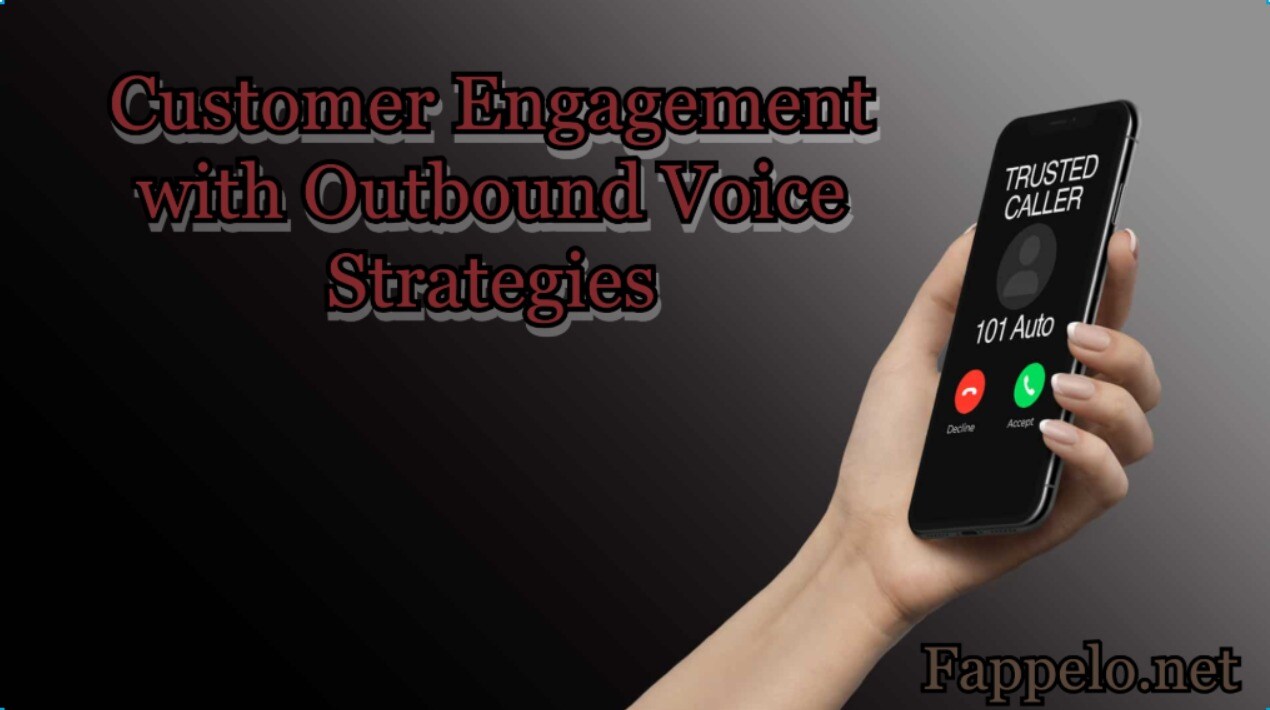Key Takeaways
- The significance of effective outbound voice strategies in enhancing customer engagement.
- Insights into emerging technologies shaping outbound voice services.
- Practical tips for implementing successful outbound campaigns.
Introduction to Outbound Voice Services
In today’s competitive landscape, outbound voice services stand out as a powerful arsenal in a business’s toolkit for connecting with its audience. Through strategic campaign design, businesses can reach out directly to their customers, offering not only promotional content but also avenues for essential feedback.
This level of engagement enhances customer satisfaction, building loyalty and trust. With carefully implemented strategies, an outbound contact center becomes a cornerstone in fostering these valuable relationships. Effective communication via outbound voice services supports not just transactional interactions but nurtures relational dynamics between a business and its patrons.
The direct communication facilitated by outbound voice services bridges gaps that can exist between businesses and their customer base. These strategies present businesses with numerous advantages, such as offering instantaneous responses, addressing concerns proactively, and nurturing an environment of trust through open, personalized feedback.
Leveraging these opportunities, companies can elevate their viability in competitive markets where customer experience plays a pivotal role in decision-making processes.
The Role of Technology in Shaping Outbound Voice
Advancements in technology are significantly altering the landscape of outbound voice services. The integration of artificial intelligence (AI) and machine learning systems empowers businesses by enabling more personalized customer interactions than ever before.
AI-driven voice bots, as highlighted by Forbes, ensure seamless conversational flows that not only improve customer satisfaction but also enhance operational efficiency by handling routine inquiries and interactions. These voice bots learn from customer interactions and anticipate needs, delivering a bespoke communication experience.
This technological prowess allows businesses to move beyond traditional customer service, instead delivering a nuanced and specific touchpoint that responds in real-time to customer queries, preferences, and behaviors.
With a focus on technology-driven interaction strategies, companies can better position themselves to attract, retain, and satisfy customers, ultimately building a robust reputation in their respective markets.
Building a Successful Outbound Voice Campaign
- Identify Your Audience:Understanding who your customers truly are forms the bedrock of any successful campaign. Knowledge of the demographic, psychographic, and behavioral attributes of your audience helps tailor messages in a manner that is both meaningful and impactful.
- Personalize Communication:Crafting and delivering messages that resonate with the diverse interests and needs of each customer strengthens the customer-business relationship. Personalized communication ensures that customers know they are more than just another number; it demonstrates that their individual preferences are valued.
- Monitor and Adapt:The dynamic nature of outbound voice campaigns requires agility. Regularly analyzing campaign performance metrics and adapting strategies based on real-time feedback helps businesses trace the effectiveness of different communication approaches and refine tactics for better outcomes.
Common Pitfalls and How to Avoid Them
While outbound voice campaigns can offer substantial rewards, they can also fall prey to common pitfalls if not executed thoughtfully. One significant obstacle is sending generic or irrelevant messages, which can disengage customers and worsen relationships. Personalized communication is essential to maintain the integrity and effectiveness of these campaigns.
The team at Inc.com underscores the importance of meaningful interaction over bulk messaging, highlighting the necessity to weave customer insights into every interaction actively.
By being mindful of these potential pitfalls and prioritizing the customer experience, businesses can avoid the decline of campaign engagement and efficacy, ensuring sustained success and enriching the customer journey through valuable and intentional interactions.
The Impact of Customer Feedback on Outbound Strategies
Customer feedback serves as a vital guidepost in refining outbound voice strategies. Actively soliciting and implementing feedback provides businesses with an acute understanding of customer expectations and pain points. Armed with this insight, companies can fine-tune their approaches, ensuring that they not only meet but exceed customer expectations on a consistent basis.
Incorporating feedback into strategic planning emphasizes a business’s commitment to continual improvement and outstanding service. Customers who see their input valued and acted upon are likelier to remain loyal and foster positive word-of-mouth, further enhancing the company’s stature in the marketplace.
Case Studies: Success Stories in Outbound Voice
A wealth of businesses have realized measurable success through effective outbound voice strategies. Companies that have prioritized customer-centric approaches have seen improvements in engagement and conversion rates, setting industry standards.
By examining these case studies, other businesses can gather valuable insights, understanding both the nuances and broader strokes that define successful outbound campaigns.
These stories of success not only serve as testimonials to the power of outbound voice services but also act as blueprints for others looking to forge their pathways, emphasizing the tangible benefits of intentional customer engagement strategies.
Future Trends in Outbound Voice Services
Looking to the future, the realm of outbound voice services promises continued evolution and transformation with emerging trends. Notably, the integration of even more sophisticated omnichannel platforms and advanced data analytics will lead the charge for businesses seeking cohesive and efficient interactions. As these trends continue to develop, they promise enhancements that will refine the customer journey.
The ongoing evolution of these trends suggests that businesses willing to innovate and adopt these new techniques will have a distinct edge, gaining enhanced abilities to navigate competitive environments and achieve superior customer satisfaction and retention rates.
Practical Tips for Maximizing Outbound Voice Potential
- Leverage Data:Employ data analysis to inform key strategy decisions, allowing for more refined targeting and optimized communication approaches. Comprehensive data usage facilitates a deeper understanding of customer behaviors and preferences, allowing for precision in messaging.
- Focus on Personalization:Ensuring a personalized touch in all outbound communications fosters a stronger connection, heightening engagement and customer loyalty. Consistent personalization in outbound strategies reminds customers of their unique value to your business.
- Train Your Team:Providing your team with the skills needed to navigate a myriad of scenarios can secure a high standard of interaction at all customer touchpoints. Training ensures your team remains adept and ready to deliver on the company’s promise of excellent service.



